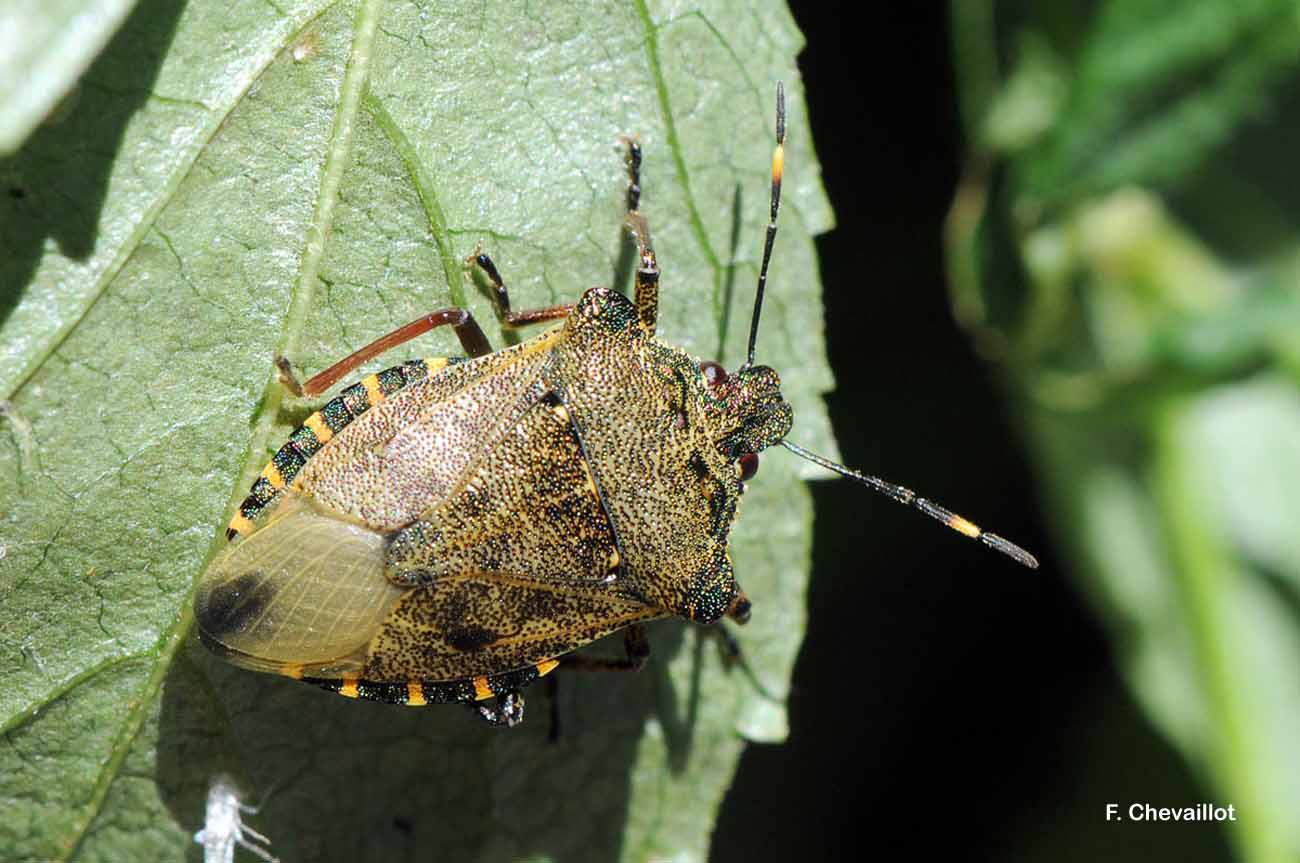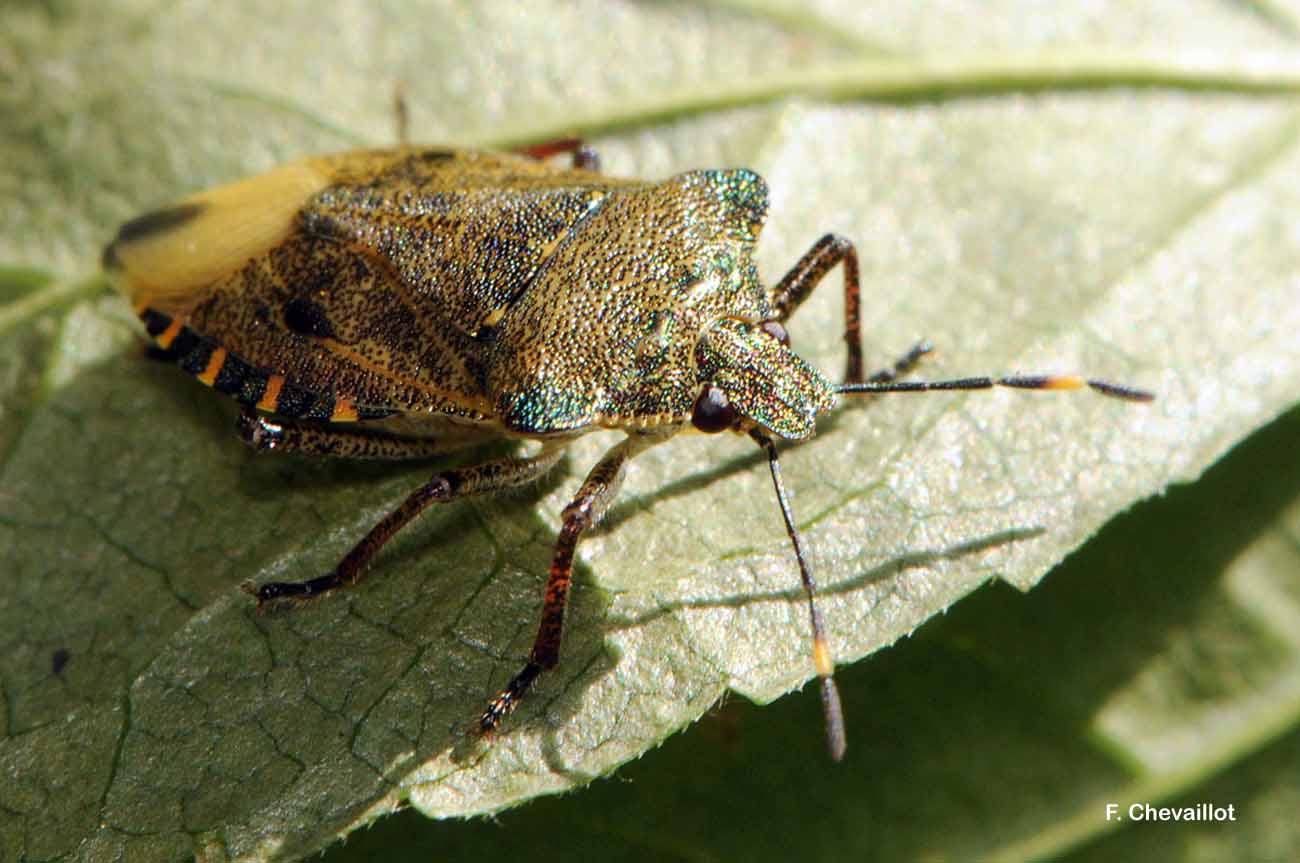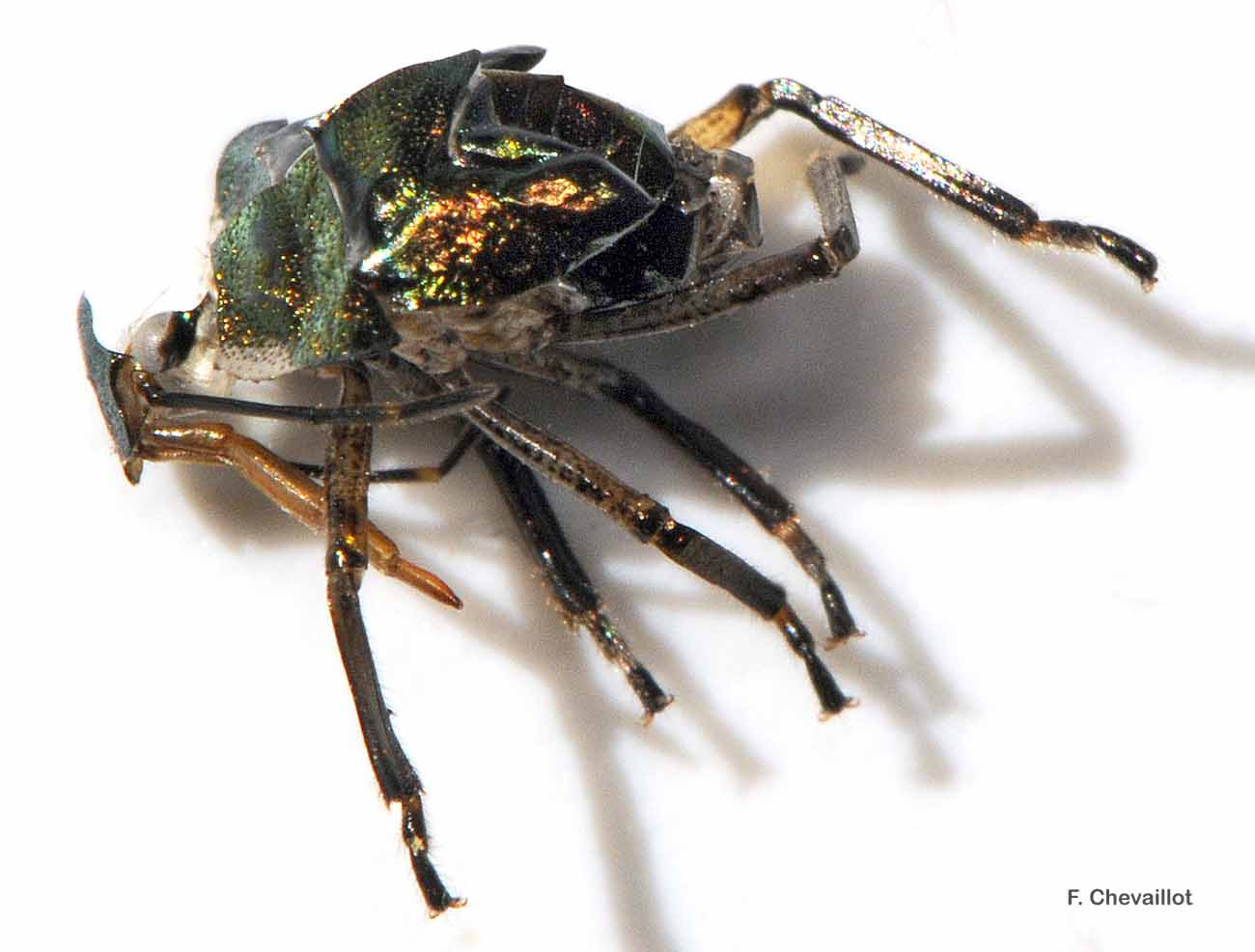
cd_nom

| Author : H. Bouyon |
 |
To get the picture, please visit:
Hervé BOUYON
email : herve.bouyon@wanadoo.fr
Legend: Larve
Any reuse of one or more photographs on this site is subject to an authorization request from the author.
Link to the Code of Intellectual Property (Legifrance)

| Author : F. Chevaillot |
 |
To get the picture, please visit:
Fred CHEVAILLOT
Moulin de Castor
La Maynobe
12550 COUPIAC
06 51 19 18 32
09 88 28 31 26
www.insecte.org
email : fred.chevaillot@wanadoo.fr
Any reuse of one or more photographs on this site is subject to an authorization request from the author.
Link to the Code of Intellectual Property (Legifrance)

| Author : F. Chevaillot |
 |
To get the picture, please visit:
Fred CHEVAILLOT
Moulin de Castor
La Maynobe
12550 COUPIAC
06 51 19 18 32
09 88 28 31 26
www.insecte.org
email : fred.chevaillot@wanadoo.fr
Any reuse of one or more photographs on this site is subject to an authorization request from the author.
Link to the Code of Intellectual Property (Legifrance)

| Author : F. Chevaillot |
 |
To get the picture, please visit:
Fred CHEVAILLOT
Moulin de Castor
La Maynobe
12550 COUPIAC
06 51 19 18 32
09 88 28 31 26
www.insecte.org
email : fred.chevaillot@wanadoo.fr
Any reuse of one or more photographs on this site is subject to an authorization request from the author.
Link to the Code of Intellectual Property (Legifrance)

| Author : F. Chevaillot |
 |
To get the picture, please visit:
Fred CHEVAILLOT
Moulin de Castor
La Maynobe
12550 COUPIAC
06 51 19 18 32
09 88 28 31 26
www.insecte.org
email : fred.chevaillot@wanadoo.fr
Any reuse of one or more photographs on this site is subject to an authorization request from the author.
Link to the Code of Intellectual Property (Legifrance)

| Author : F. Chevaillot |
 |
To get the picture, please visit:
Fred CHEVAILLOT
Moulin de Castor
La Maynobe
12550 COUPIAC
06 51 19 18 32
09 88 28 31 26
www.insecte.org
email : fred.chevaillot@wanadoo.fr
Any reuse of one or more photographs on this site is subject to an authorization request from the author.
Link to the Code of Intellectual Property (Legifrance)

| Author : H. Bouyon |
 |
To get the picture, please visit:
Any reuse of one or more photographs on this site is subject to an authorization request from the author.
Link to the Code of Intellectual Property (Legifrance)

| Author : S. Wroza |
 |
Despite the Creative Commons license, please inform the author of the use which will be made of his photo
Taille : 10 – 13 mm
Diagnose :
Punaise allongée de couleur brune-noirâtre, au scutellum triangulaire. Elle possède un rostre épais capable de se diriger vers l'avant de la tête car c'est une espèce prédatrice d'insectes. Cela se traduit par une tête relativement plus large et des joues (jugas) larges dépassant le nez (clypéus) vers l'avant. Antennes noires sauf l'article IV avec au moins le tiers apical clair. Angles huméraux du pronotum arrondis, avec parfois des reflets verts, et légèrement saillants dépassant les bords du corps. Bords antérieurs du pronotum denticulés. Fémurs avant sans épine. Bords de l'abdomen (connexivum) nettement bicolore et contrasté.
Détermination : Simple.
Espèces proches :
Elle ressemble à d'autres espèces de punaises des genres Carpocoris, Halyomorpha ou Rhaphigaster, mais la forme des angles huméraux du pronotum, et surtout la coloration des antennes avec un seul spot blanc, permettent de ne pas la confondre avec ces espèces.
Période d'observation :
Toute l'année mais principalement d'avril à septembre avec un pic en août.
Biologie-éthologie :
Elle vit sur des arbres : chênes, hêtres, charmes, bouleaux, aulnes, saules, prunelliers, pins, mélèzes, et dans les buissons et mousses proches. C'est un prédateur relativement timide de petits insectes à déplacement lent et cuticule molle : petites chenilles même velues, petits insectes divers, même morts.
Biogéographie et écologie :
Espèce eurosibérienne, présente en Grande-Bretagne et en Scandinavie jusqu'à 61° de latitude nord. On la trouve à l'est jusqu'en Chine, en Corée, mais aussi en Inde et en Birmanie. Dans les forêts fraîches sur terrains acides, landes humides engorgées et pauvres en azote, tourbières. L'espèce est relativement rare au sein de son aire.
Roland Lupoli (),2020
Continental
Metropolitan France
Overseas
Marine
Metropolitan France
Overseas
The map presents a summary at the 10 x 10 km grid of the observation data for the species transmitted to the SINP. These data have been subjected to validation filters.
The map presents a reference distribution layer of the species at the scale of departments and marine sectors. The presence and absence data were established by expertise within a network of partners. This reference distribution is used in the validation process of the SINP data at the INPN level.
Corresponds to a report on the basis of at least one observation proved within a period of 10 years (20 years for little-known invertebrates) preceding the year and no presumption of extinction since obtaining the last data nor doubt on reproductive and implemented nature of this population. For migratory species, the presence indicated concerns areas of reproduction.
This status is based on one or more of the following criteria:
This point covers the absence, more difficult by nature to demonstrate than presence. This status is based on one or more of the following criteria:
This status must be assigned to a department in which the presence of the species is casual.
Particular case of absence due to a proven extinction less than a half century ago (older disappearances are treated as "no probable or definite").
In the state of knowledge, we can not comment on the presence or absence in the current department. This is the default status when not comprised in one of the previous categories or whenever there is doubt.
The map shows the global distribution of the species based on GBIF data (Global Biodiversity Information Facility).
